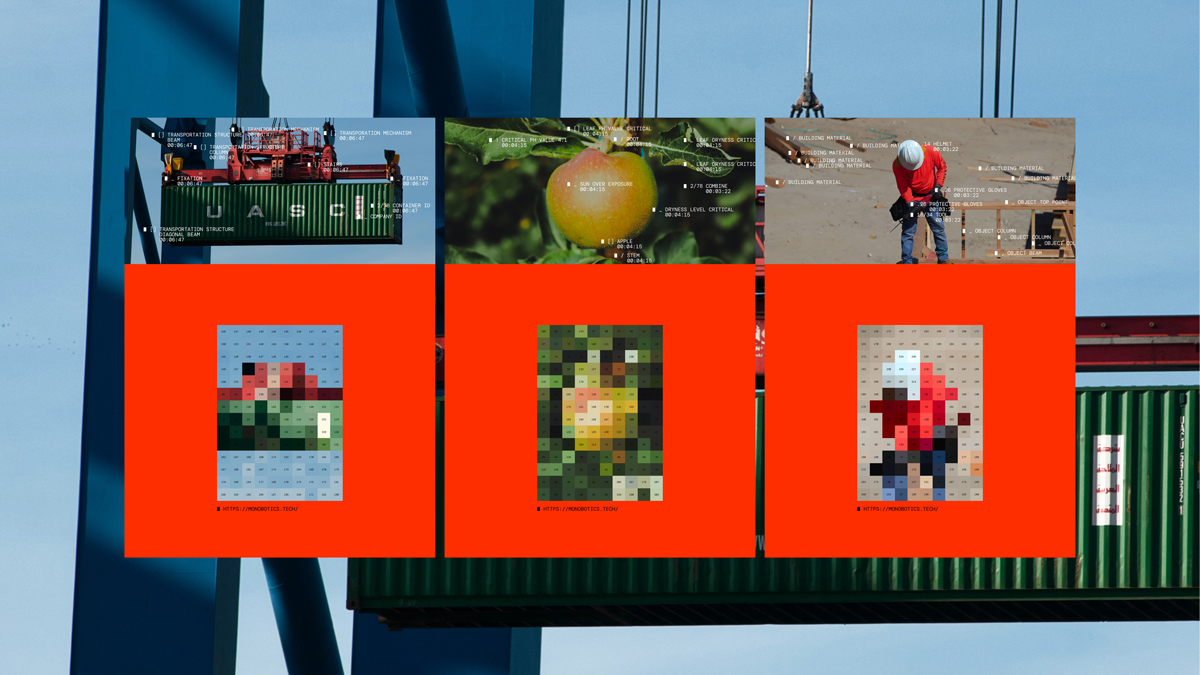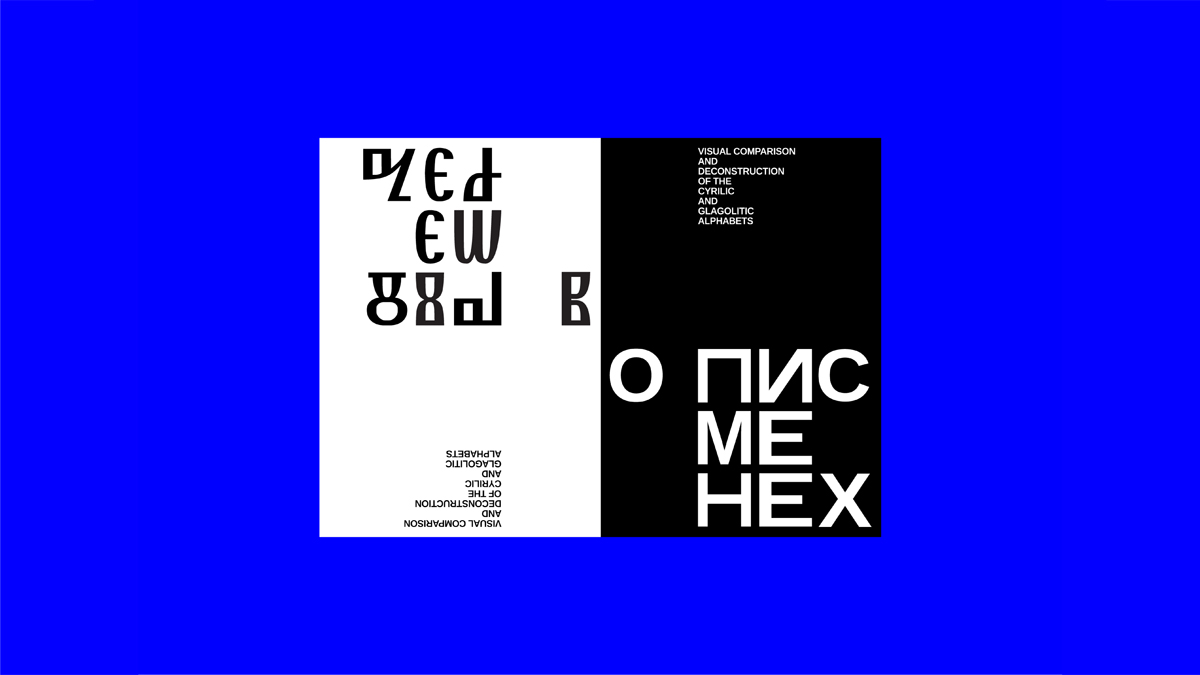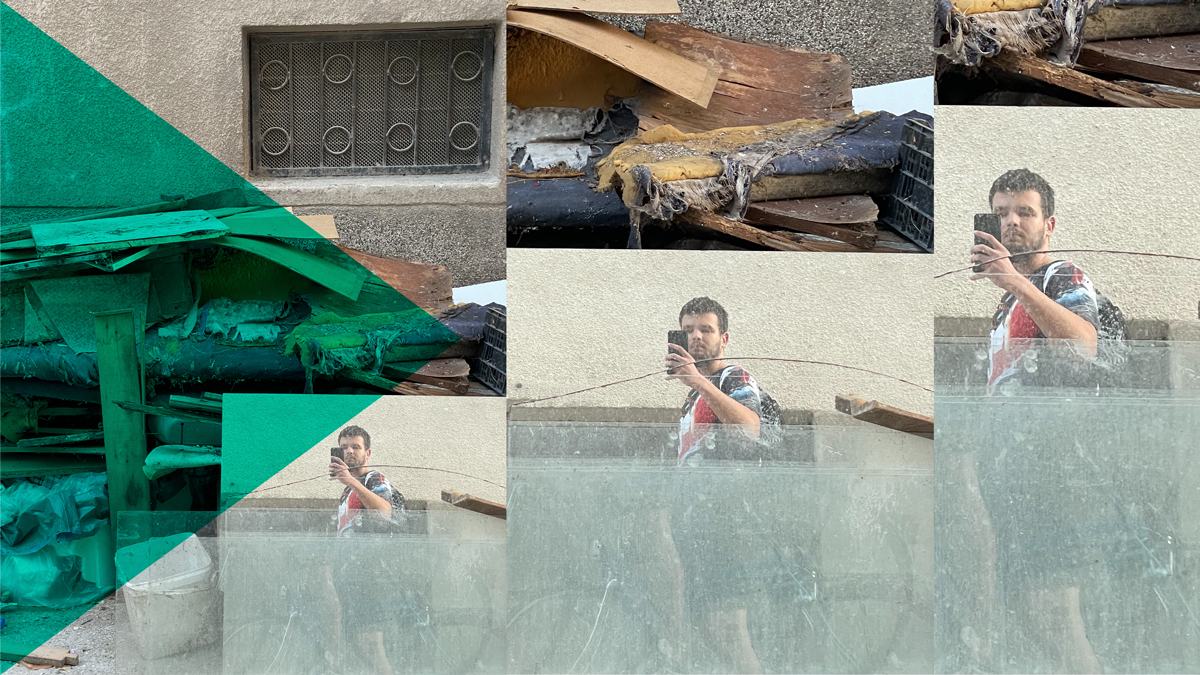‘The general situation in the region is that many cultural institutions don’t see important value in having a well-thought-out visual identity. They focus on putting up decent programming and not much on building an audience,’ Stefan Tankov.

Stefan, I see you’re ready to give a great interview! Hahaha! Let’s go straight to the first question – Is this the first time you have experienced working with a cultural institution?
I started this project fresh out of design school as my first professional design gig, so yes. Before that I had entered a couple of competitions and been a part of some exhibitions, but during the three years of this project, I started to also work with several local cultural institutions, designing for literature, film festivals and occasional event posters.
How challenging was it to work within a team? After this experience, what do you think are the challenges and advantages compared to working independently with a client?
The challenges come from a disbalance in motivation and willingness to devote time and effort to the team project, as well as different knowledge of software. This can translate to challenges in dealing with meeting schedules, disproportionate assignment of work throughout the team and difficulty in file sharing.
The advantages would be the different perspectives on the case study institution all of us provided in the design process, which you cannot have when working independently, so I’d say the discussion of ideas with my team members was the benefit of teamwork in my experience.
What contribution to the development of the institution’s new identity are you most proud of?
I got into graphic design following my admiration for geometrical exploration, so I think I contributed most in the development of the grid systems meant to incorporate the new identity in different formats. I started with experimenting in the poster format, which with later tasks expanded into website, social media and different sized print layouts.
How much can you express yourself creatively in the final solution when you work within a team?
I think the final solution is a natural combination of our distinct design principles and aesthetics. We were lucky enough to lock onto a shared vision for the rebrand in the early stages of the process, so most of the decisions were easy to set in stone. Each one of us contributed to the final outcome differently, and I would say that if I worked independently, I would have made some different choices, but I can also say that the identity fits well with my previous work as it is.
Has the project enabled you to further shape your design language?
In terms of graphic design I am mostly interested in visual identities and websites, and through the process, I got to work closely in those areas on this project. Overall, this experience has contributed to my growth as a designer and my ability to communicate a consistent design language.
In what aspect was the visit to the institutions useful for your research process? Do you think this should be an integral part of the practice in working with clients?
Even though we started working a little before the visit, those few days were crucial in understanding the museum’s story and how to present it going forward. Meeting the employees and getting a detailed tour of the whole building together resulted in much easier communication in the team and made achieving a shared vision easy. Because of that, we worked on only one proposal for the institution during the whole process.
 After your experience with this project, and other work experiences, explain the difference between working with cultural institutions and clients that promote commercial content (if you have experience with them).
After your experience with this project, and other work experiences, explain the difference between working with cultural institutions and clients that promote commercial content (if you have experience with them).
In this particular case we had the chance to take this amazing story and shape it for a more contemporary view. Cultural institutions seem to be more welcoming towards design experimentation and rule breaking compared to commercial companies or brands. Many cultural institutions even treat their visual identities as a canvas for designers’ and artists’ expression.
What of the experience gained during this project would you apply in your further independent work or work with future clients?
A few days’ visit to the institution or subject of future work can always be valuable. Hands-on experience provides a deeper understanding, enhancing the way you conceptualize ideas and approach the design phase. This firsthand insight undoubtedly adds value to your creative process, allowing for a more informed and effective approach.
What makes the cultural institution you worked on in this project unique? How does it meet the needs of a young audience?
The cultural institution I worked for on this project stands out due to its nature as a memorial collection museum with an inspiring narrative. This unique characteristic makes the overall experience very stimulating, adding significance to the space and making it particularly captivating for visitors. The museum also offers a very active and engaging children’s programme creating an environment for cultural immersion of all generations.
Why do you think this project is important for the cultural institution you collaborated with?
During our first visit we concluded that what the institution most needed was a clear and consistent plan for visual communication going forward. Their identity seemed to have failed to establish a recognizable presence, fading into the visuals of its surroundings. Cultural institutions in the western Balkans desperately need projects such as this one in order to move forward and catch up with contemporary institutions that give great value and invest much effort into their visual communication.
What is the strongest impression that the project has left on you?
Aside from working on such an interesting institution, traveling to different designer gatherings like PDP Conference and Fluid were very inspirational. Events and projects like these contribute greatly into building a designers network in the Balkans which is essential for fostering creativity in the region.
Which cultural institutions in the region, and which ones outside the region, do you consider to be examples of best practice?
The general situation in the region is that many cultural institutions don’t see important value in having a well-thought-out visual identity. They focus on putting up decent programming and not much on building an audience. I think there are a few exceptions that have managed building a unique identity in their own creative way. The Museum of Contemporary Art in Skopje manages to produce distinctive visuals just by following and playing around with a few design principles all the time. If we take into account subcultural institutions, I also see nightclubs/clubnights and festivals of all kinds, as a great playground for interesting design work and examples of good design practice all over the world.
Who would you suggest as a mentor for an upcoming project?
Particular names don’t come to mind, but it needs to be someone not only with a great design portfolio, but also good pedagogical skills and ability to manage and successfully lead a team of young designers for a few years. There are a lot of talented people in and outside our region who would be great at this methodology of work. If they are eager to share their knowledge, they would definitely enjoy a project like this.
Thank you for the learning experience, Stefan! See you soon in Novi Sad! 🙂